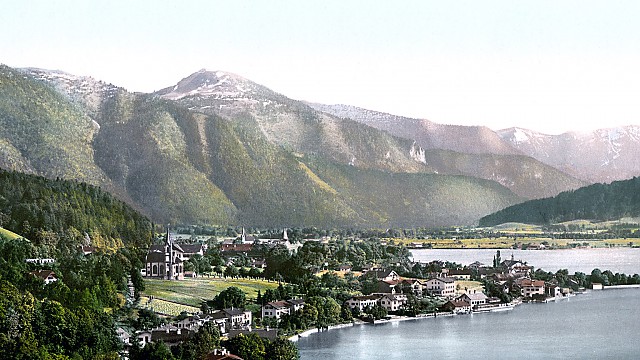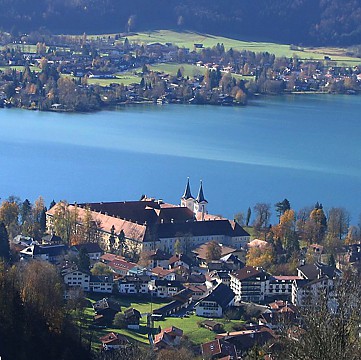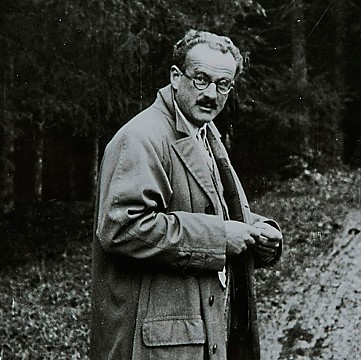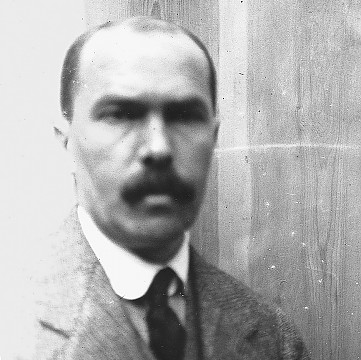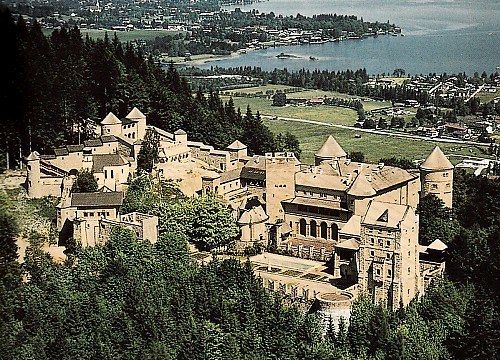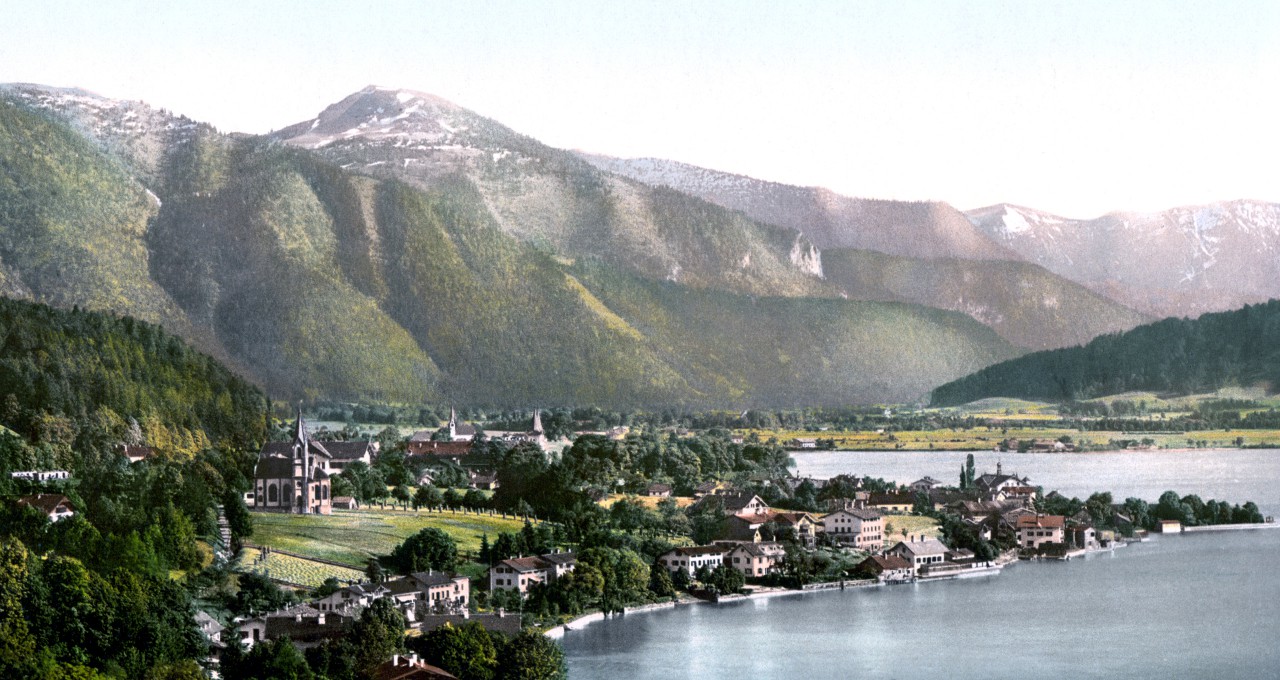
About
At the beginning of the 19th century, the royal and ducal family of the House of Wittelsbach discovered the charm of the Tegernsee and its surrounding area. King Max I purchased the secularised former Benedictine Monastery in the town of Tegernsee and had it converted into a stately summer residence in the 1820s. The castle fell into the ownership of the ducal family as a dowry, and became one of their preferred residences.
Duke Luitpold of Bavaria had known the Tegernsee region since his childhood. The Duke, who was orphaned at a young age, enjoyed family celebrations here and visited his uncle, Duke Karl Theodor in Bavaria. Wildbad Kreuth and Tegernsee Castle came under the ownership of the ducal line of the House of Wittelsbach in the 1830s.
Aged 20, Luitpold discovered the plateau on Ringberg in the Alps during a hunting trip. This was where the Duke’s childhood dream of his own hunting lodge was to be realised. In 1911, the Duke purchased the first plots of land and construction work, which would last around 60 years, began in 1912.
Schloss Ringberg remained uncompleted and marked the end of the Wittelsbach building tradition. It is nevertheless one of the most interesting »total works of art« of the early 20th century, attempting to achieve a stylistic and design synthesis of the past and modern era. Alongside contemporary styles, such as Neoclassicism, Art Nouveau and Art Deco, it represents a further variant of »conservative modernism« of which very few examples exist.
The castle, with its historicising external appearance, can perhaps also be considered as a subtle provocation by Luitpold, who did not feel an equal in his family hierarchy. The castle on the Ringberg with its battlements and tower, which could be seen from a distance, was a martial counterpoint to the monastic castle on the southeastern shores of the lake with its prominent twin-towered church.
